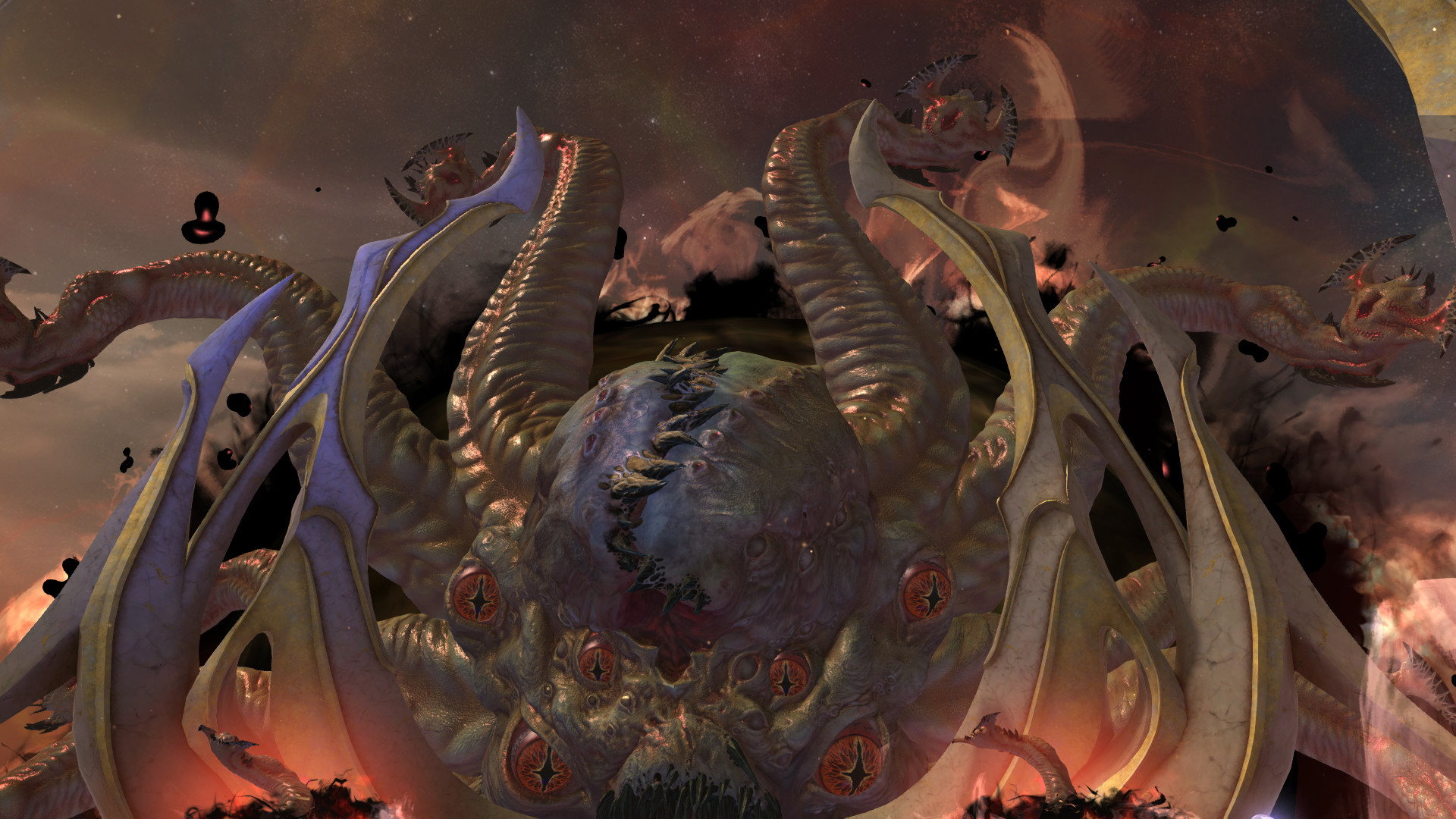"It was one of the most complicated scenes we had to do" – how Paddington in Peru's Citadel was made
Framestore reveals how Paddington's Peruvian bear-city was made.
Paddington in Peru continues to surprise as we dig into how it's visual effects were created. The film has a breathtakingly chaotic, near slapstick finale as the beloved marmalade-loving bear is chased around 'The Citadel', an ancient city ruin high in the Andes that acts as the gateway to El Dorado, Paddington's home. So how was it made?
After discovering why Paddington feels so real in our interview with Framestore London's VFX Supervisor Sylvain Degrotte, who explained how the animation behind the movie was made. Below we turn to Mark Curtis, VFX Supervisor, at Framestore Montreal, to discover how The Citidel was made.
In some visual effects films it’s all about the explosions, the action and the crazy camera movements, but this is really fun in a different way.
Mark Curtis, VFX Supervisor, Framestore Montreal
Overseeing the creation of Framestore’s work for the film, Mark begins by noting that, “There are a couple of very nuanced sequences within The Citadel" that makes the whole sequence and use of the CG environment very unique.
In the film Paddington finally arrives at The Citadel and is very disappointed – his search for Aunt Lucy means there are moments where he gets very excited because he thinks he is on the right track and there are other moments where he is really disheartened. And at The Citadel there's a moment when Paddington has a conversation with us, the audience, about his sadness of maybe not finding Aunt Lucy.
"That’s one of the magical parts of the Paddington movies," says Mark. "In some visual effects films it’s all about the explosions, the action and the crazy camera movements, but this is really fun in a different way."
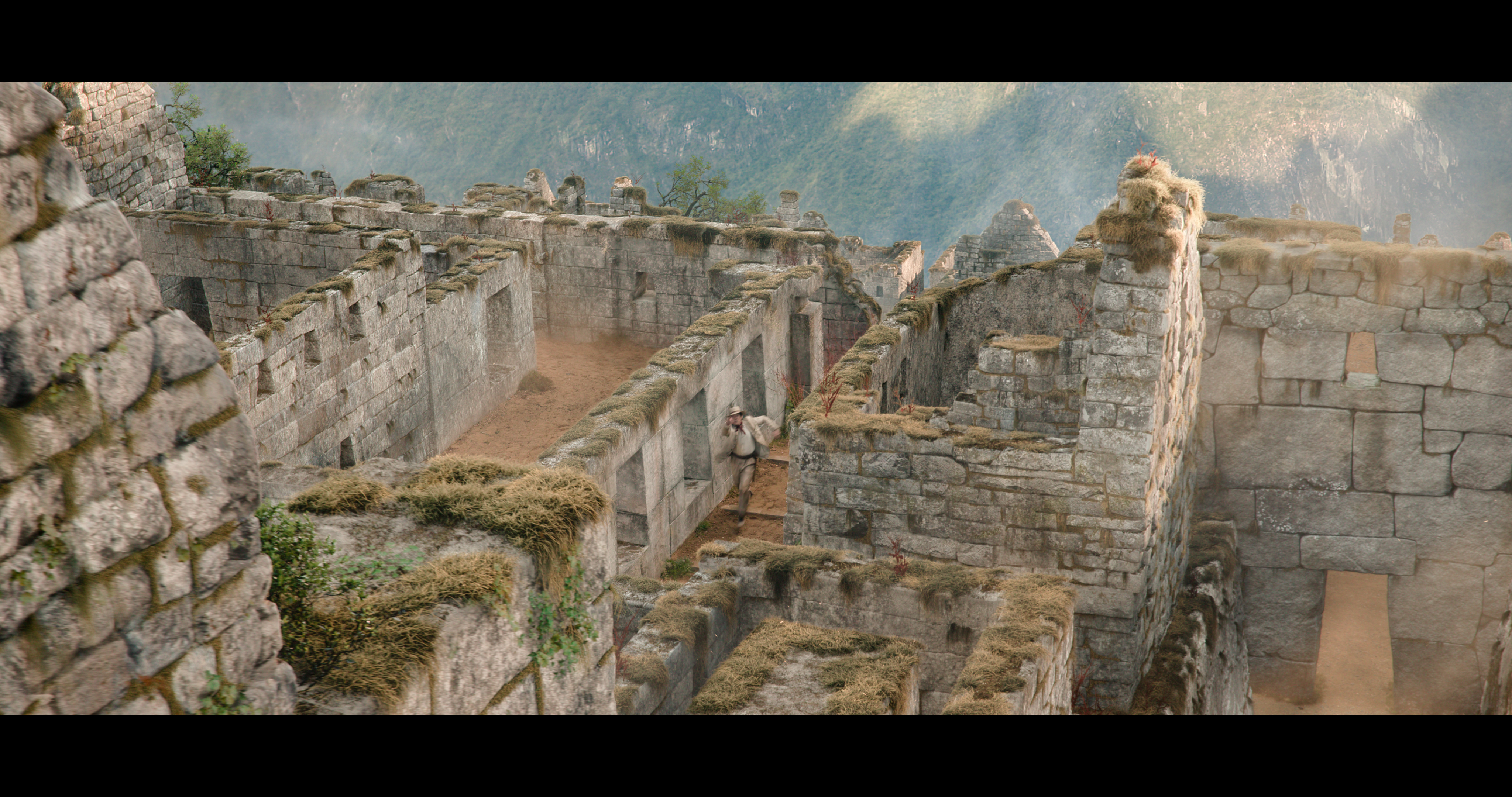
Creating Paddington's Citadel
In terms of the complexity of the digital build of the Citadel, Mark recalls, “There were technical and creative challenges". The Framestore artists were trying to base the build of this citadel on two realities. Marl explains, "there was plate photography from the real Machu Picchu and there was the on-set build inspired by the site but that took some creative licence. We had to make it work in both settings."
Creating The Citadel was a challenge because it's a surprisingly large city, with a huge amount of building and vegetation to create, as well as many individual sequences that needed to pull those buildings in to create the sense of one cohesive environment.
Get the Creative Bloq Newsletter
Daily design news, reviews, how-tos and more, as picked by the editors.
"But, we didn’t build a huge city," reflects Mark. "We had so many little bespoke, one-off sequences, that we ended up crafting mini sections of The Citadel around each little set-build. Therefore, when we had specific camera angles and specific directions, we could really art direct saying, ‘Okay, we want a little building here, we want to see a silhouette of 'X' here'."
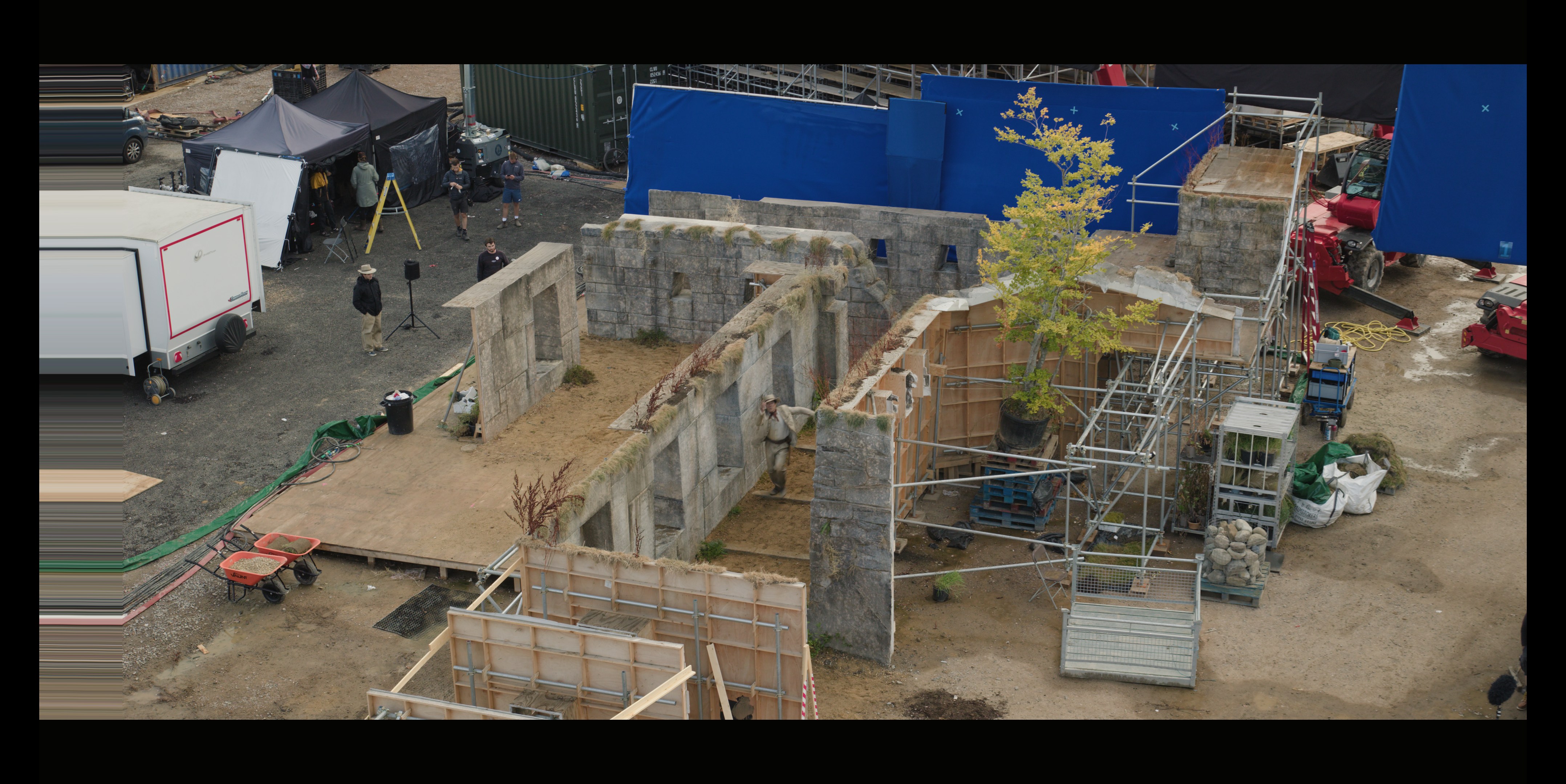
He continues: "Then the other thing we have to factor in is, ‘Okay, how overgrown is this?’ It isn’t Machu Picchu. This is another Citadel that’s been discovered by Paddington and Hunter."
Nowadays Machu Picchu is very clean but the Framestore team wanted to introduce the idea that this is a new discovery. This meant re-adding a huge amount of vegetation in order to connect the real-world Machu Picchu photography, which was clean and tidy, with the on-set build, which was more overgrown, natural and unspoilt.
Just in terms of the scope of the build, it was one of the most complicated we had to do.
Mark Curtis, VFX Supervisor, Framestore Montreal
"We ended up mapping out this semi-logical idea of the lower portion of the city being more exposed, more dry, less overgrown so that we could connect with the real photography and then a central section that was less overgrown and that could connect with the on-set build," says Mark. "And then when you go into the area where it’s fully digital, that’s when we were really able to get the overgrowth and jungle feel that Dougal Wilson [the director] was after."
Mark continues, "So, just in terms of the scope of the build, it was one of the most complicated we had to do. There were layers and layers of technical and creative challenges. Even before we started building the Citadel, we took a modular approach. When we realised that one sort of coherent city build wasn’t going to work, we were then able to break down the modular elements and create individual sections."
Within these smaller sections, previz was still useful. Mark tells me how previz was used redefine the chaotic chase sequence through and around The Citadel, saying previz was used "as inspiration rather than a concrete case of ‘reproduce this’".
Mark reflects: "The fun part, and the tricky part, is navigating an environment that’s recognisably Peruvian while, at the same time, very much not actually equalling Machu Picchu – anything that veered too much in that direction had to go."
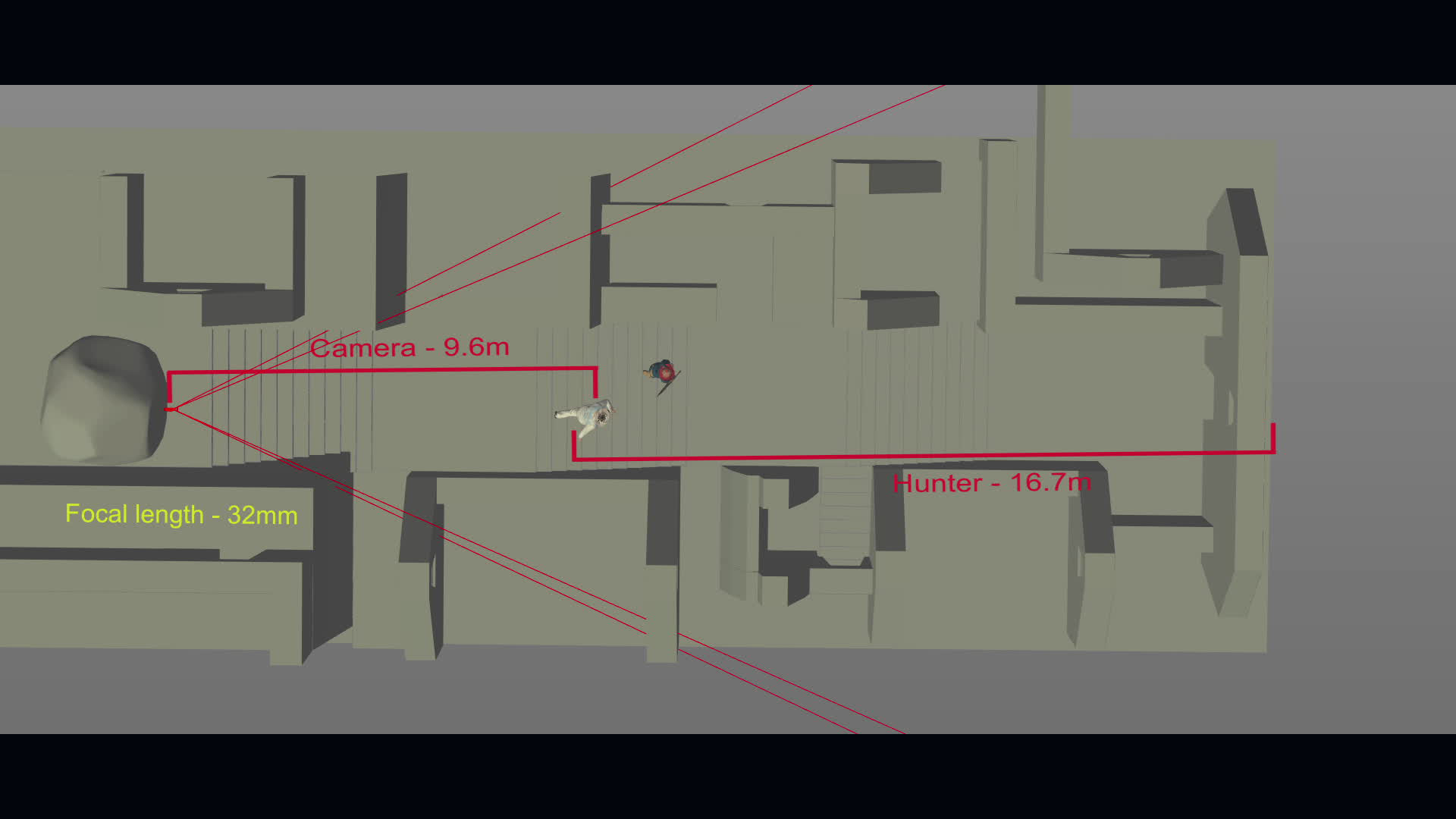
In visualising and realising The Citadel, the team applied photogrammetry to the process and Mark notes that, "We had scans of certain sections of Machu Picchu and scans of certain sections of the set build, and that helped us build up a language of what these places looked like".
He explains how the VFX team created a kit of buildings and building sections, based either on the scans of the set or the scans of the location. This was then used to craft new areas and buildings from the kit of parts; taking an element from one building and a wall section from another to create new individual buildings that look different from each other.
"You can procedurally scatter out a city across the terraces and then get in and art direct how you want a building today," says Mark. "We had a whole team that was dedicated to set dressing: whether that was positioning individual buildings or positioning individual plants. It was an intricate process."
The pressure of making a Paddington movie
Mark brings our conversation to a conclusion by emphasising that, “One of the best things about the project was how the spirit of collaboration spread across all of the postproduction and it was really a wonderful experience working with Dougal and Rosie Alison (Producer) and Pablo Grillo (Animation Director) and Alexis Wajsbrot (Production VFX Supervisor).
"Everyone was very open. It was a hugely positive experience. It was all about bringing this bear to life who embodies kindness and tolerance and positivity, and I think that’s reflected in the making of this film," observes Mark.
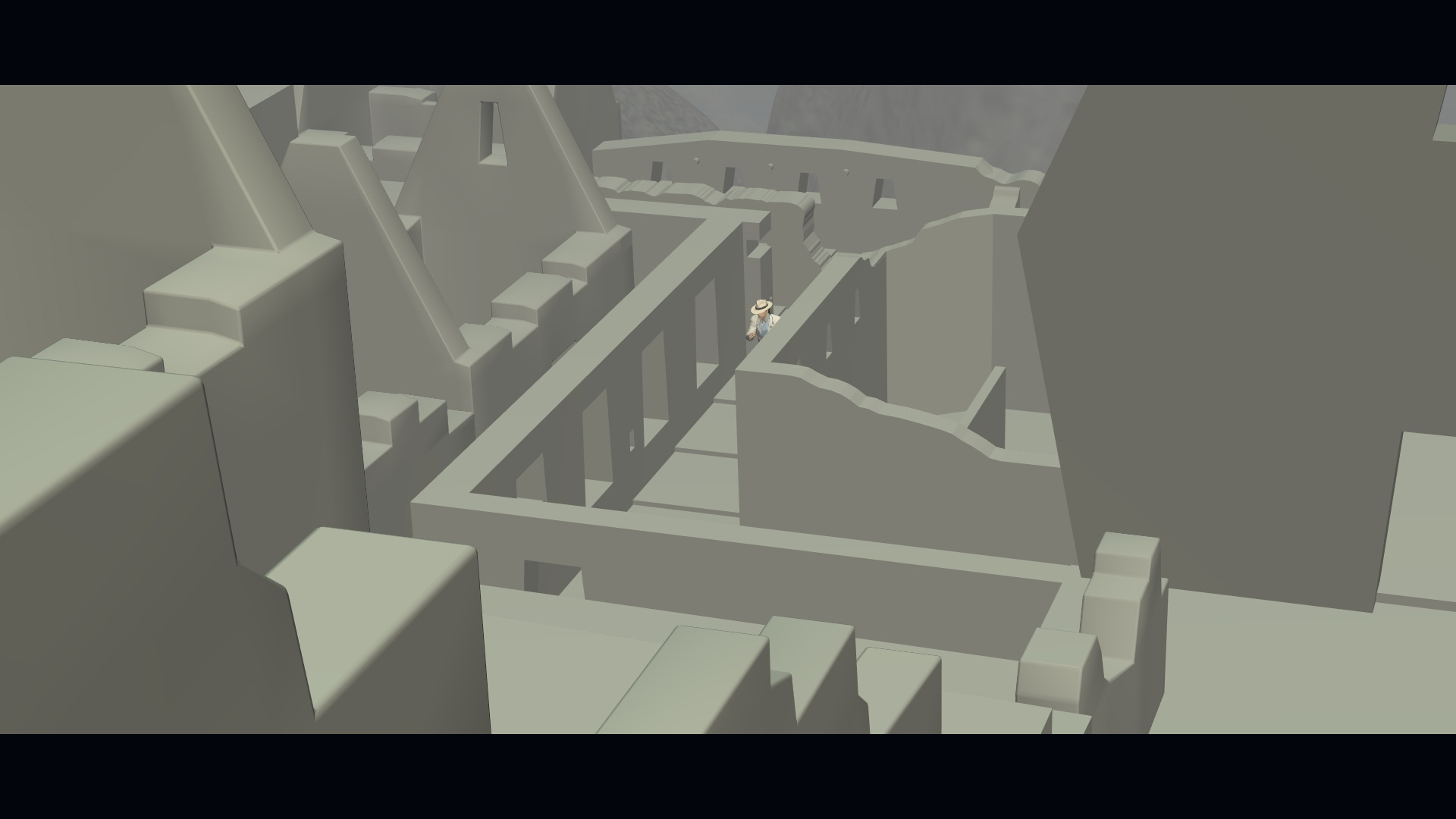
You’re going in every day and seeing stuff that makes you smile and that’s a reward in itself. Everyone has Paddington in their hearts."
Mark Curtis, VFX Supervisor, Framestore Montreal
Paddington in Peru was Mark's first Paddington film and he says it comes with a huge amount of responsibility. The lovable bear has become an iconic, much-loved character, particularly in the UK but also globally.
"For me, it’s very exciting to be involved and take that legacy and expand it," notes Mark who elaborates: "Before, we’ve been very used to seeing Paddington in London and experiencing what it is to be British and so it was really exciting to take him out of his comfort zone and expand his universe.
He continues: "And I don’t just mean creating a jungle, or creating a city, but also expanding his universe in terms of his family. In this film we introduced the retired bears and the El Dorado bears and his whole tribe, and it was fun to expand it. More than anything the best part of working on a Paddington film is going into dailies and seeing the humour and enjoying what you’re seeing.
"Sometimes our work can be quite abstract (‘make this tiger run up a staircase’) whereas with Paddington, you’re going in every day and seeing stuff that makes you smile and that’s a reward in itself. Everyone has Paddington in their hearts."
Did you watch Paddington in Peru, and what did you think of Framestore's VFX work? Has it made you boot up one of the best 3D modelling apps and get creating? Let us know in the Comments below.

Thank you for reading 5 articles this month* Join now for unlimited access
Enjoy your first month for just £1 / $1 / €1
*Read 5 free articles per month without a subscription

Join now for unlimited access
Try first month for just £1 / $1 / €1

James has written about movies and popular culture since 2001. His books include Blue Eyed Cool: Paul Newman, Bodies in Heroic Motion: The Cinema of James Cameron, The Virgin Film Guide: Animated Films and The Year of the Geek. In addition to his books, James has written for magazines including 3D World and Imagine FX.
You must confirm your public display name before commenting
Please logout and then login again, you will then be prompted to enter your display name.
